want to build a gate for a good client so i want to make sure that the gate NEVER
comes loose. 2 brick columns 38 inches aprt. What would be the tried and true way to hook the hinges and latch, giventhat the brick is already there. Wood to the brick and then attach hinges to the wood is not an option. Thank you
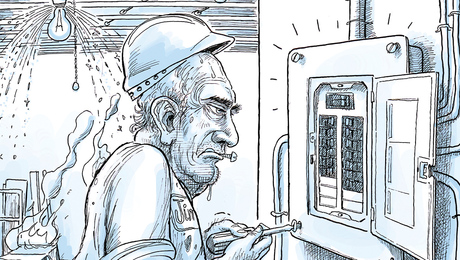
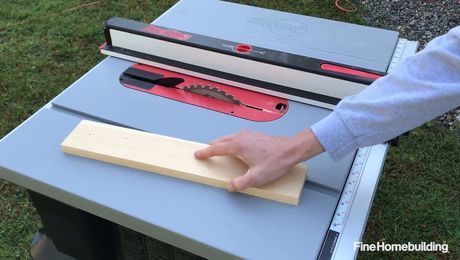
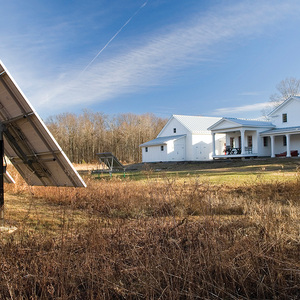
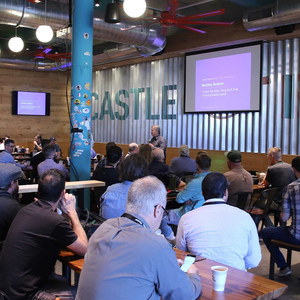
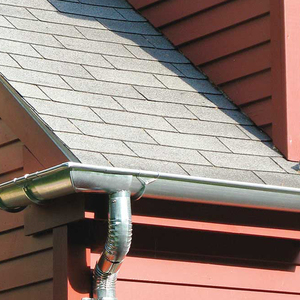








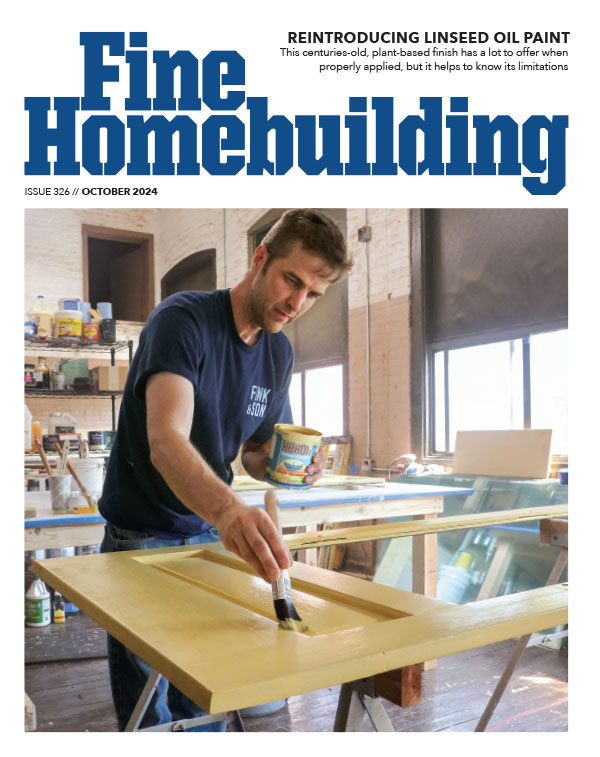





Replies
What's inside the columns?
Size of columns?
I built an iron gate for my in-laws and connected it to the existing brick columns. I drilled into the mortor and installed wedge- sleeve anchor bolts. The gate is fairly heavey and installed outside in the Seattle area. All is still well and the gate has been in place for almost twenty years. Be sure to drill the morter, not the brick! I also hung a painting on 3/4" plywood, 5'x4' the same way. It's in a covered walkway and as tight today as when we put it up. Good luck, woodandiron
Lead sleave anchor bolts are a good way to go. Even better would be to set galv. threaded rod with epoxy.
See my work at TedsCarpentry.com
Buy Cheap Tools! BuildersTools.net
sleeves can wiggle loose with time. I'm not even sure about wedge bolt anchoring. They handle a static load fine, but lots of gate action would leave me awake at night - well not really.
I did this with threaded rod and epoxy
simpson sells a masonry epoxy that mixes as you squeeze it out the tube through a special tip, and it sets fast, fits a regular 11oz caulk gun. Be sure the hole is blown clean first.
I know they handle the loads. These have been swinging 3-10 times a day for several years now, and last spring or early summer a deer got locked in at night, then tryed to get out. Got the antlers stuck between pickets and thrashed around until he had a few of them broken or splintered, then ran through all the way. He put quite a hurting on the left gate.
And the owners had a realtor showing the place in two days. getting that repair done and painted in time was a true emergency job!
Welcome to the
Taunton University of Knowledge FHB Campus at Breaktime.
where ...
Excellence is its own reward!
Masonry is a big "unknown." The main 'secrets' are to spread the forces over as much area as possible, and to see that the brick only sees 'compression' forces, rather than 'tension.'
With that in mind, through-bolts with a backing plate are a good start. Or, completely wrap the pillar with a steel band.
See if you can remove the cap; perhaps the center is hollow, and you can conceal some of your structure there.